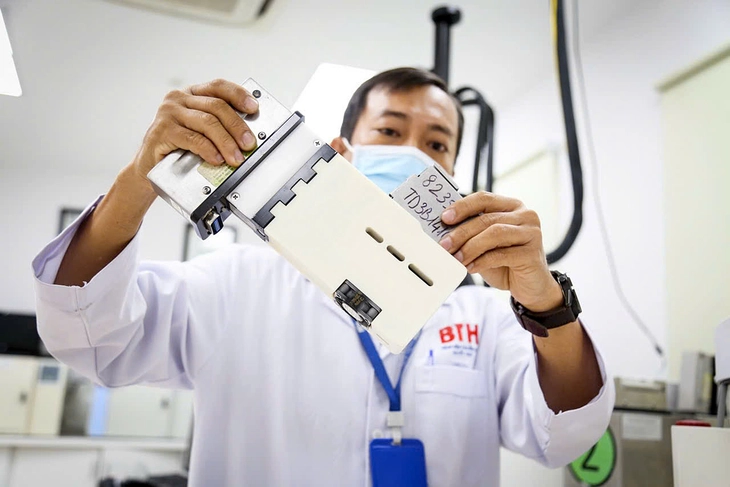
Medical staff prepare to store umbilical cord blood stem cell samples using the automatic sample storage system at the Ho Chi Minh City Blood Transfusion and Hematology Hospital - Photo: PHUONG QUYEN
Ho Chi Minh City Blood Transfusion and Hematology Hospital is the pioneer in stem cell transplantation in Vietnam since 1995. After 30 years, the hospital has performed 700 cases.
Stem cell transplant opens up the opportunity to cure serious diseases
In 1995, the Ho Chi Minh City Blood Transfusion and Hematology Hospital performed the first hematopoietic stem cell transplant in Vietnam for a 21-year-old man with acute myeloid leukemia, receiving stem cells donated by his brother.
In the context of limited facilities at that time, this first stem cell transplant was still successful. After the transplant, the young man recovered from the disease, got married, had two children and is now living a healthy life.
Speaking to Tuoi Tre, Dr. Phu Chi Dung - Director of the Ho Chi Minh City Blood Transfusion and Hematology Hospital - said that in the mid-20th century, medical science still did not fully understand the role, origin and differentiation mechanism of hematopoietic stem cells. Thanks to advances in immunology, molecular biology and genetics, scientists have identified bone marrow as the main source of blood cell lines.
The hospital's stem cell transplant department was established in 1995 and is the pioneer in performing this technique in Vietnam. In the early days, the transplant work encountered many difficulties such as lack of suitable donors, limited facilities, high risk of infection, etc.
To address this, the hospital established a stem cell bank from umbilical cord blood and collaborated internationally to find suitable donors. The facility has now been upgraded to a more modern facility with a positive pressure air filtration system to help control infections.
Up to now, the hospital's stem cell department has been operating according to international standards with many different transplantation techniques being implemented, including: autologous hematopoietic stem cell transplantation, allogeneic hematopoietic stem cell transplantation, half-matched hematopoietic stem cell transplantation, and unrelated hematopoietic stem cell transplantation with donors from Taiwan.
"Stem cell transplantation was once unthinkable, but thanks to remarkable advances in medicine, biotechnology and treatment management, it has become a method that saves the lives of hundreds of thousands of patients each year," Dr. Dung shared.
Encouraging investment in future "biological insurance"
According to Dr. Dung, stem cell transplantation is an advanced treatment method, playing a key role in malignant blood diseases and genetic disorders. This technique provides a source of healthy cells to replace diseased cells, helping to eliminate cancer cells, regenerate the blood-forming system and restore immune function.
For many genetic blood diseases such as Thalassemia, sickle cell anemia or congenital immune disorders, stem cell transplantation not only improves quality of life but may also be the only method that offers a chance of complete cure.
The stem cell bank of the Ho Chi Minh City Blood Transfusion and Hematology Hospital currently stores nearly 10,000 units of umbilical cord blood stem cells and 1,150 units of peripheral blood stem cells. This is the first stem cell bank in the country to serve medical examination and treatment.
Doctors at the Ho Chi Minh City Blood Transfusion and Hematology Hospital said that the current situation of stem cell application in treatment shows that stem cell storage is an increasingly popular need. In particular, the storage of umbilical cord blood stem cells is considered a form of health insurance for children and their families.
Storing stem cells from umbilical cord blood is a personal decision but has many potential health benefits for the child and family. With the ability to treat many serious diseases, umbilical cord stem cells are seen as a form of "biological insurance" for the future.
Deputy Minister of Health Tran Van Thuan said that stem cell technology is a pioneering field in regenerative medicine and personalized medicine, capable of optimally exploiting stem cell resources from the body, creating new treatment solutions for diseases that currently have no effective treatment methods, especially degenerative diseases, cancer and serious injuries.
The Ministry of Health encourages strong investment in cold banks, specialized laboratories and international standard production systems to ensure the quality of stem cell products and facilitate integration into the global supply chain.
At the same time, strengthen international cooperation to absorb scientific advances and transfer new technologies. The Ministry also requested training centers to develop high-quality human resources to promote patent registration and research application, contributing to improving Vietnam's position on the stem cell technology map.
Serving the treatment of patients with hematological diseases
The Director of the Hematology and Blood Transfusion Hospital added that the stem cell bank is a place to collect, process, store and preserve stem cell units to serve treatment, public health care and scientific research.
Here, umbilical cord blood and peripheral blood samples from patients or donors are processed and strictly evaluated for quality before being stored, ensuring the quality of stem cell products for the treatment of patients with hematological diseases.
In addition, the bank also acts as a training center for stem cell collection and preservation techniques for many units inside and outside the industry, contributing to building a high-quality, abundant source of stem cells to serve community health care.
"Bright spots" in the journey of applying stem cell technology at the Ho Chi Minh City Blood Transfusion and Hematology Hospital:
* 1995: The first bone marrow stem cell transplant in Vietnam.
* 1996: The first peripheral blood stem cell transplant in Vietnam.
* 2002: The first umbilical cord blood transplant in Vietnam.
* 2013: The first case of half-compatible stem cell transplantation in Vietnam.
* 2015: The first case of simultaneous peripheral blood stem cell transplantation on a neuroblastoma patient in Vietnam.
* 2017: The first unrelated peripheral blood stem cell transplant in Vietnam.
* 2021: The first stem cell transplant using whole body radiation in Vietnam.
Source: https://tuoitre.vn/tu-dieu-khong-tuong-den-ky-tich-ghep-te-bao-goc-cuu-song-hang-tram-nguoi-benh-hiem-ngheo-o-tp-hcm-2025091122334876.htm








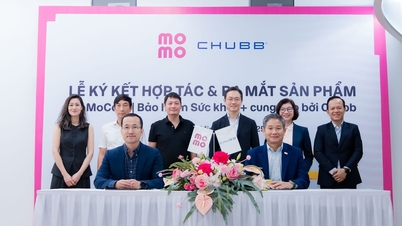

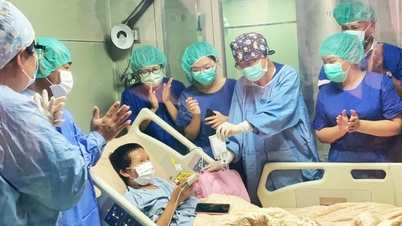

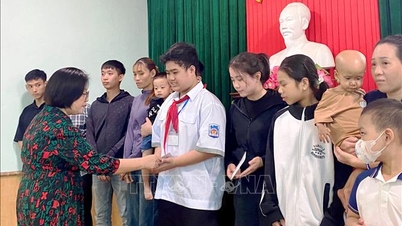

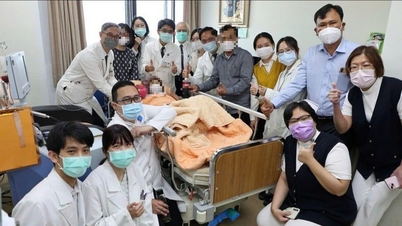






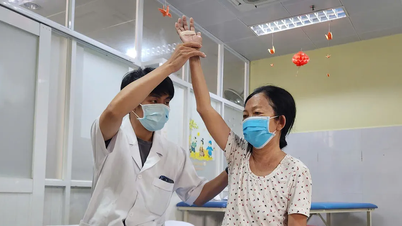


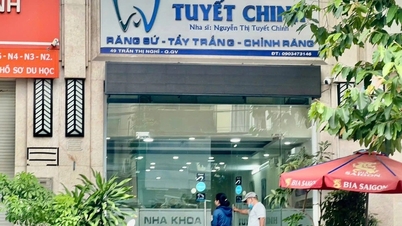






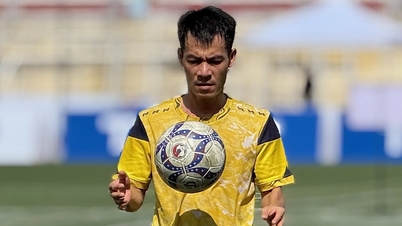

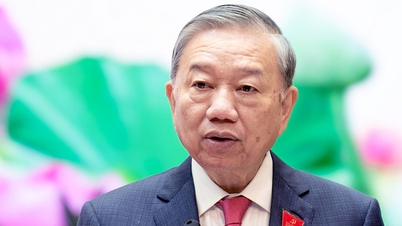
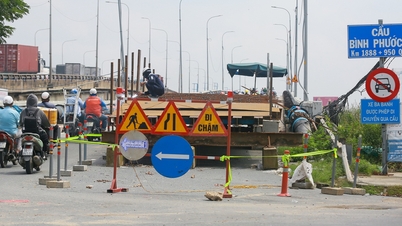






































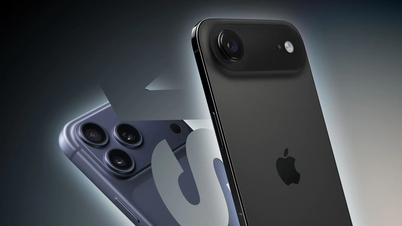




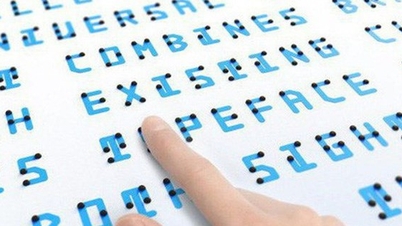

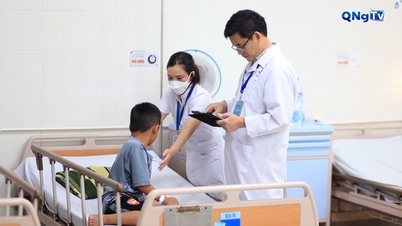

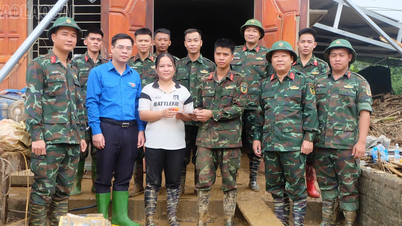


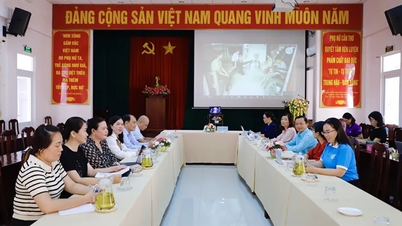


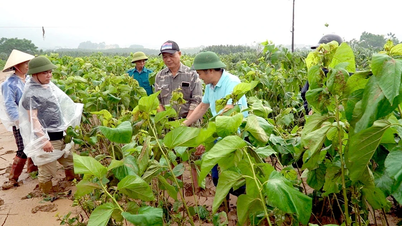












Comment (0)